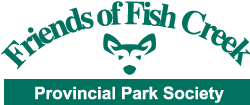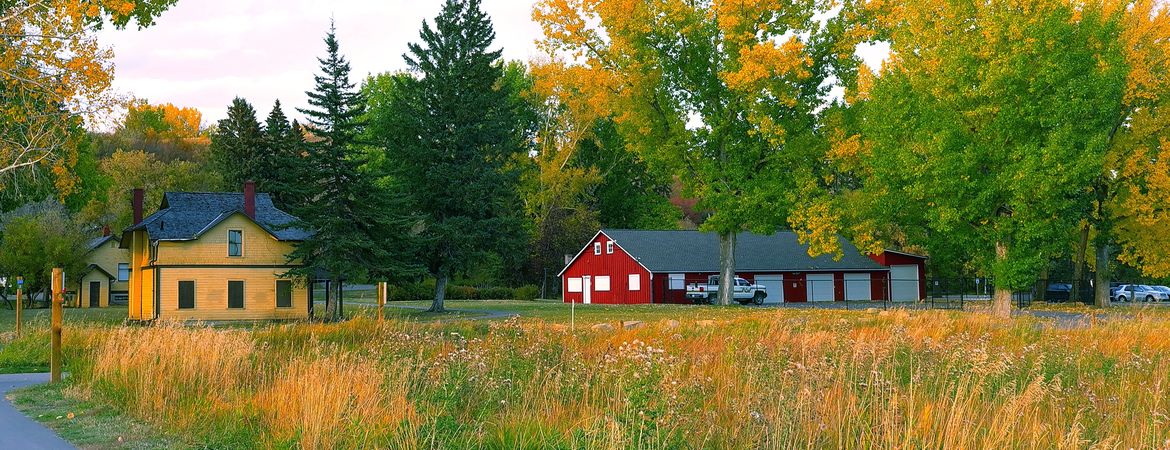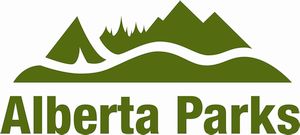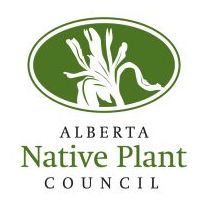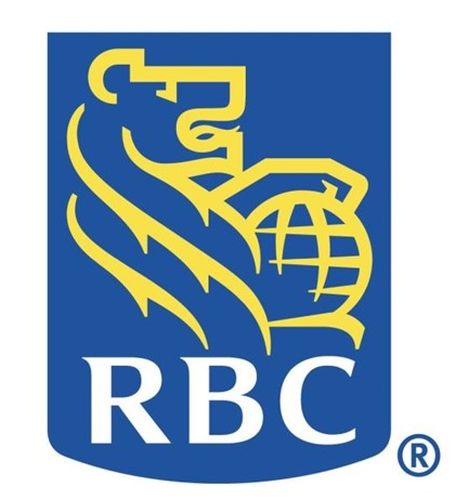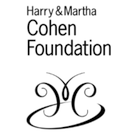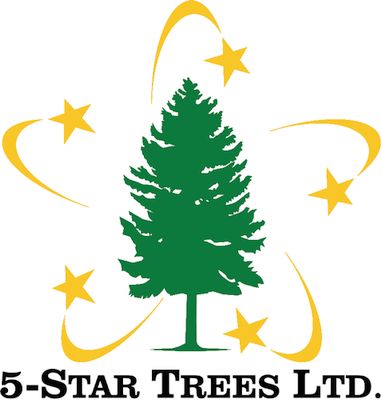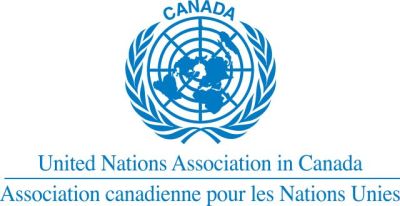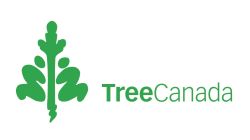Citizen Science with Digital Apps
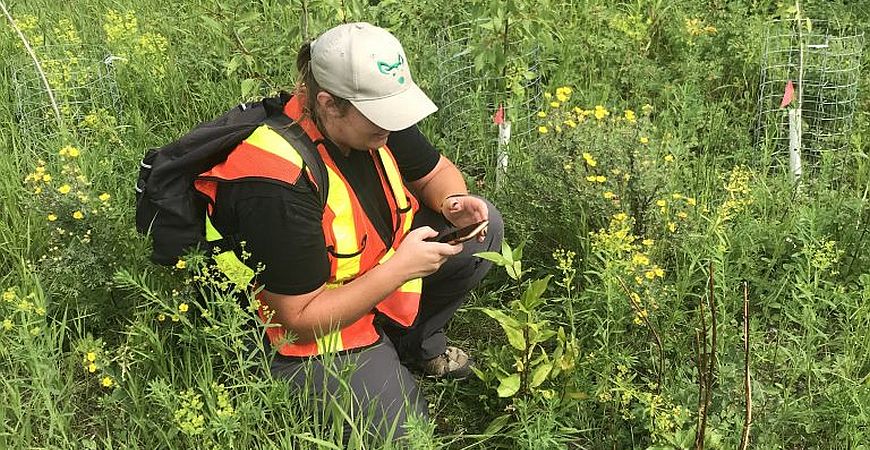
Citizen Science with Digital Apps
With the support of Alberta Environment and Parks, and funders like the Land Stewardship Centre’s Watershed Stewardship Grant, Kinsmen and RBC Tech for Nature, the Friends of Fish Creek have developed a series of digital apps to collect data about our stewardship projects across the land base. From beaver activity, invasive species, tree wrapping and riparian restoration monitoring, the data helps us to monitor the success of our stewardship efforts.
The Friends will hold volunteer training sessions for:
1. NEW: Weed Watchers Program
- The Weed Watchers program aims to make a more measurable impact on the landscape and implement the important “Early Detection, Rapid Response” process of managing invasive species. Volunteers will use our ArcGIS mapping platform to submit weed observations and locations for FoFC review by our Citizen Science & Stewardship Coordinator and lead volunteers. Once each observation and species identification has been confirmed, trained Weed Watcher teams will be dispatched to the site for manual removal and disposal of the weeds. Teams will be equipped with first aid kits, hand tools, weed bags and approved native seeds for reseeding areas disturbed by manual removal.
2. NEW: Weed Mapping & Thesium Ramosum Mapping
- One way we will be measuring our performance during this project will be by measuring the density and distribution of Prohibited Noxious, Noxious, and other invasive weeds. Weed Mappers will help map out invasive species prior to vegetation management strategies such as mowing or hand-pulling, which will be compared to data collected in following seasons to determine if weed populations are decreasing as expected.
- A cohort of these weed mappers will be specifically trained on the identification of Thesium ramosum, an invasive species that is pervasive in Fish Creek. Thesium Mappers will work to collect observations in May and June, when thesium is most visible with small white flowers.
3. Beaver Activity and Coexistence Strategy Monitoring
- To mitigate negative effects of beaver impoundments along spring and stormwater drainage channels in Marshal Springs, four flow control devices were installed in September 2020. These flow control devices work to drain excess water from beaver-dammed ponds, alleviating some flooding pressure off the paved and single track pathways in the area. Beaver coexistence monitoring and maintenance volunteers are trained by lead volunteers to inspect the flow control devices and report maintenance requests using our fieldmaps. Maintenance shifts include activities such as wading in beaver ponds to unclog drainage pipes/culverts, re-setting 40 ft. long flow control devices, breaking apart beaver dams, etc. and thus volunteers are recommended to own personal chestwaders if involved in maintenance.
The Friends of Fish Creek train volunteers each spring to use their own digital devices in the field to enter observations about various stewardship projects in the park. The data collected informs and helps us to prioritize our future stewardship efforts.
If you’d like to know more about this volunteer opportunity, please contact Emma Stroud, Citizen Science & Stewardship Coordinator, at emma@friendsoffishcreek.org or 403-238-3841 ext. 3.
To receive email notification when training is ready for sign-up, please check off each Program Interest in your MyVolunteerPage account. You can create an account if you don’t already have one, by clicking the button below.
Sign Up to Volunteer

Riparian Health Assessments
The Friends have spearheaded projects aimed at improving the riparian health along Fish Creek since 2014; riparian health assessments are the first step in this important work as they provide baseline data to highlight candidates for future restoration. This baseline data can then indicate whether our restoration efforts were successful.
Riparian Health Assessment volunteers will learn how to use a riparian health scoring tool to assess ecosystem health along Fish Creek and help us to create a long-term plan for our ReWilding projects. These volunteers will also be involved in monitoring our previous restoration sites to help determine if our past work has contributed to improved riparian health. Click here to view Volunteer Job Description.
We are grateful to the Alberta Riparian Habitat Management Society (more commonly known as Cows and Fish) for their knowledge and expertise in this area and willingness to work with us to train volunteers in this position.
Training for this volunteer position takes place in June each year. To receive email notification when training is ready for sign-up, please check off “Riparian Monitoring Steward” as a Program Interest in your MyImpact account. You can create an account if you don’t already have one, by clicking the button below.
If you’d like to know more about this volunteer opportunity, please contact Dylan Barnes, Citizen Science & Stewardship Coordinator, at dylan@friendsoffishcreek.org. or 403-238-3841 ext. 5.
Apply to Volunteer with the Friends

Litter Clean-Ups
Have you found a spot in Fish Creek Provincial Park that’s in need of a litter clean up? Do you know of a group that might be interested in taking part?
The Friends of Fish Creek support groups hosting litter clean-ups in the park by providing equipment and safety checklist. After the clean up, the outing organizer returns the equipment along with the checklist to the Friends of Fish Creek. Volunteers helping with these independent projects will report on the number of participants, the number of hours the group picked up litter and the number of bags of garbage collected.
If you are part of a group that might be interested in taking on a clean up, please contact Kumiko Kamiike, Visitor Services Coordinator by email at kumiko@friendsoffishcreek.org.
There are also opportunities for experienced Volunteers to lead Clean-Up outings. Please see Stewardship Crew Leader section above for more info.
Email kumiko@friendsoffishcreek.org
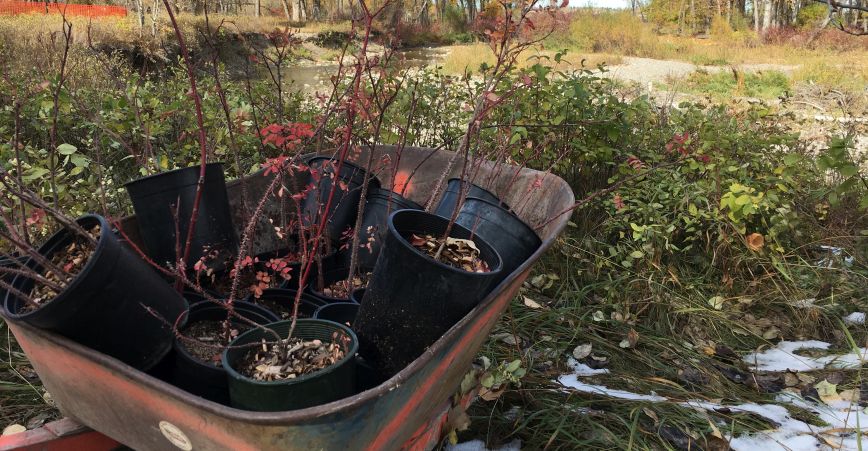
Riparian Stewardship Program
*A Riparian area is the area of vegetated land next to a water resource which provides numerous essential ecological services. Acting as a natural buffer, it protects water from negative impacts associated with pollution, provides shoreline stability to prevent erosion, protects water quality and offers a movement corridor and wildlife habitat to the rich diversity of species who use it for parts or all of their life cycle. At times, however, these areas can become so impacted by human activity that they lose their ability to provide these services, and the “health” of the riparian area becomes compromised. To learn more, visit the Cows and Fish Website.
A successful example of stewardship in action!
Apply to Volunteer with the Friends
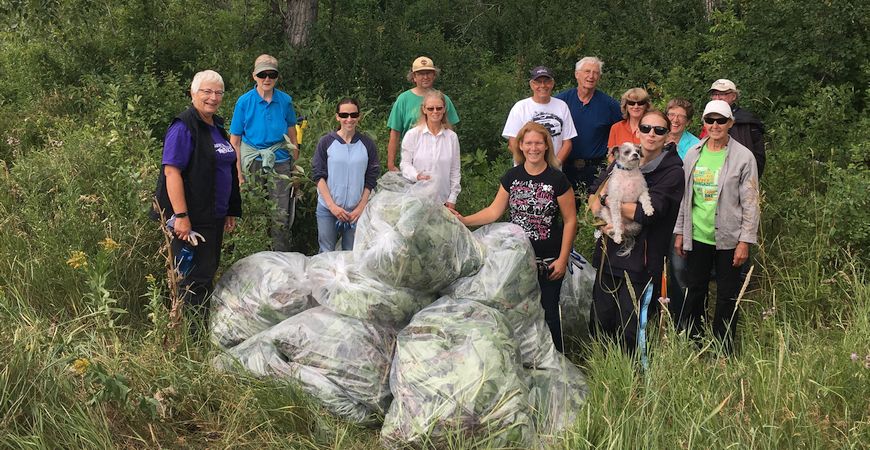
Weed Whackers
Invasive plants find their way into Fish Creek Provincial Park in a variety of ways, including dispersal of seeds via wind and/or water from surrounding neighbourhoods and backyard gardens. These plants out-compete native plant species for sunlight, soil and water resources, leaving less forage for native wildlife. Our Weed Whackers program brings volunteers together to actively engage in pulling these “weeds”, giving our native plants a better chance at survival. We focus on “winnable battles”, those species that have not yet become pervasive throughout the park and which we have a chance at controlling through this kind of hands-on effort!
Weed Whacker outings typically take place between May and August each year at locations throughout the park, including the ATCO Heritage Grassland at the Bow Valley Ranch. Volunteer Weed Whackers learn how to identify target species and are provided with tools, personal protective equipment and instruction before setting out to work with a group to remove the target invasive species from a particular area during a two-hour outing. Click here to view Volunteer Job Description.
NEW: Weed Whackers Mowing and Tilling Program
- Through the support of our funders and sponsors, we were able to purchase new weed whacking equipment including two gas-powered rototillers, two gas-powered weed whippers and a manual lawnmower. We will be mowing pilot project areas in Lafarge Meadows, the ATCO Heritage Grassland, and along Sun Valley Drive. Click here to view Volunteer Job Description.
To be notified of outings, click “Become a Weed Whacker” button below, create a MyVolunteerPage account and then check off “Weed Whackers” in your list of Program Interests.
There are also opportunities for experienced Volunteers to assist by leading smaller groups on Weed Whacker outings. Please see Stewardship Assistant section above for more info.
If you would like to know more about our Weed Whacker Program, please contact Emma Stroud, Citizen Science & Stewardship Coordinator, at emma@friendsoffishcreek.org.
Become a Weed Whacker Volunteer
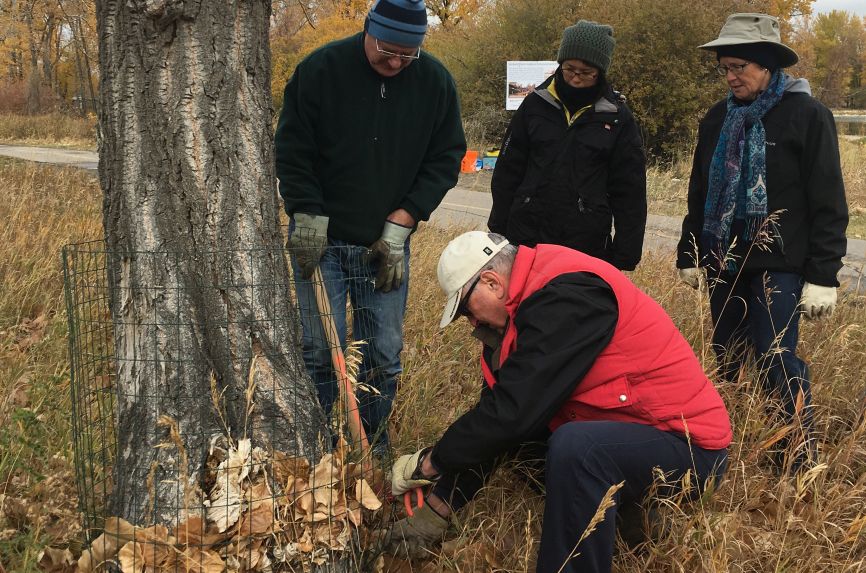
Tree Wrapping
Beavers are an important species that provides many ecological services such as slowing of water, absorption of water into the ground and creation of habitat for other species of wildlife. Although their presence can be beneficial to natural ecosystems, infrastructure such as trails, water filtration systems and engineered stormwater wetlands can be damaged by their activity.
In this program, volunteers wrap the base of poplar and cottonwood trees with stucco wire to deter beavers from moving into areas near sensitive park infrastructure. This proactive approach will decrease potential damage to trails, water filtration systems and engineered stormwater wetlands by encouraging beavers to inhabit more natural areas that will benefit from their presence. Volunteers will also be trained to use our new Tree Damage app that allows us to map the location and condition of trees that require protection and monitoring. Click here to view the Volunteer Job Description.
There are also opportunities for experienced Volunteers to assist by guiding smaller groups on Tree Wrapping Outings. Please see Stewardship Assistant section above for more info.
Apply to Volunteer with the Friends
